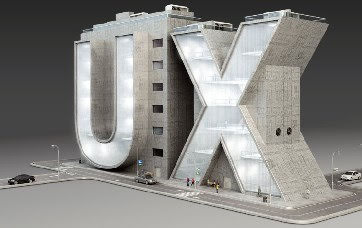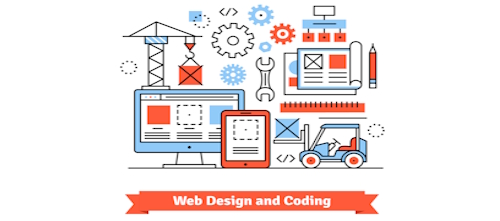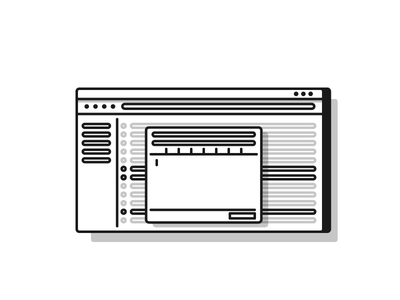Website UX, you may have seen the term, but are unsure to what it means. It means “user experience”, and its the most single important aspect of web design. A skilled graphic designer can churn out a beautiful, engaging site that leaves a lot to be desired in functionality. Or the opposite can be true, a fully functional website that’s unwieldy, unnavigable, and confusing.
But there’s a lot more to website UX, than just aesthetics and functionality. There’s also considerable technological and search engine optimization factors which also must synch with the finished product. When you get down to it, website UX figures into practically every aspect of the design and build process, and continues even after the site goes live.
Once the site is published on the web, another process begins, which consists of testing, listening to visitor feedback, and other considerations to get the best product possible. This can mean weeks or even months of work after the site has gone live. But, in the end, it’s well worth it for the sake of a business.
Defining Website UX
There’s more to website UX than just “experience”. Actually, it can be broken down into four considerations: the business’ requirements, design requirements, technology requirements, and user requirements. The first, business requirements, is meeting goals and expectations of the business client, not to mention being able to monetize the site through user engagement.
The second consideration, design requirements, is just that, design features. It entails coming up with a concept that will look professional, yet not boring. It likewise means creating something unique, without making it too off-the-wall.
…different browsers render web fonts differently—colors can vary, not to mention the plethora of possible sizes of a user’s screen on any given device. Still, it is important to understand how delivering a comp as an end product sets up client expectations. UX Magazine
Technology requirements, the third consideration, concerns things like programming languages, hosting, and all the technical aspects which make a site work and function properly time and again. And the last consideration, user requirements, is how visitors will interact with a cyberproperty. It’s equally about the target audience finding value in the site.

Balancing UX and Business Needs
Those considerations permeate throughout the design process and well after the site is published on the internet. To get the maximum amount of website UX, a developer has to address some key issues common to design:
- Photoshop and browsers. What every designer knows but few business owners know is the fact that what a site looks like in Photoshop isn’t necessarily what it will look like in Internet Explorer, Google Chrome, Apple Safari, and Mozilla Firefox. Design clients should be aware that screen captures and other renderings are just a snapshot in time, and not necessarily what the end product will look like.
- Image and button interaction. Design clients should be aware that while their site is being built, it’s under construction, and that means not everything will work. Some features are turned on, then turned off, because there’s something being done behind the scenes. This is also a time when navigational considerations are taken into account for future visitors, as well a search indexing.
- Implementing changes. Design clients frequently ask for changes to their site during the development process. And that’s completely understandable, after all, it’s their product. But changes can be costly in more ways than one. Some changes will impact the budget, but also may cause unintended consequences. For instance, changing a function of one thing might have an adverse affect on another.
- Copying what works. Design clients often come to a build firm with one or more example sites they’d like to emulate. That too, is fine in itself. But those other sites might include features which are very expensive to plug in and time consuming to test.
- Completing the package. Design clients often speak about the site being completed. In truth, no site is complete, no matter how old it is. Any SEO worth their salt will tell you that new content must be added continually to a site in order for that site to remain relevant to the search engines.
If you need a better user experience for your website or want a spectacular website UX, then contact us. We are a leading design and development web firm that not only builds and re-imagines sites, but also an effective search engine optimization services. Our design services, along with our comprehensive SEO service, make us a one-stop shop for all your online needs.


